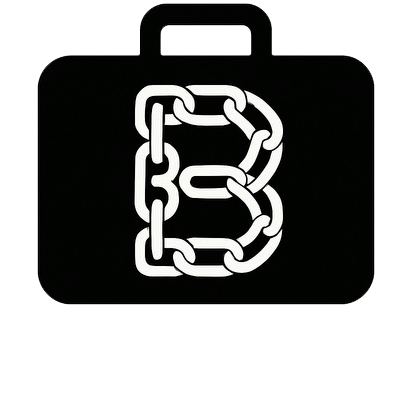Alongside pensions and personal savings, retirees often depend on passive income to preserve their financial well-being. Passive income not only helps cover daily expenses but also provides a buffer against inflation and market volatility. With interest rates remaining low, investing in high-quality dividend stocks would be ideal for retirees to strengthen their income stream.
Against this backdrop, let’s examine whether Enbridge (TSX:ENB) or the Bank of Nova Scotia (TSX:BNS) would be a better fit for retirees.
Enbridge
Enbridge is a diversified energy company that provides midstream energy and utility services, as well as operates a portfolio of renewable energy assets. Approximately 98% of its adjusted EBITDA (earnings before interest, taxes, depreciation, and amortization) comes from regulated assets and long-term contracts, which helps insulate its financial performance from economic cycles and market volatility.
Additionally, the company has minimal exposure to commodity price fluctuations, with roughly 80% of its adjusted EBITDA linked to inflation. Therefore, the company posts reliable financial performances and generates healthy cash flows, which have allowed it to pay dividends for 70 years. Additionally, the Calgary-based company has increased its dividend at a 9% compound annual growth rate (CAGR) since 1995 and currently offers an attractive forward dividend yield of 5.74%.
Moreover, Enbridge has identified around $50 billion in growth opportunities across its business segments through 2030. With planned annual capital investments of $9 billion to $10 billion, the company aims to expand its asset base and capitalize on these opportunities, which could drive both revenue and earnings growth. Amid its solid underlying businesses and healthy growth prospects, the company’s management expects its adjusted EBITDA and EPS (earnings per share) to grow in the mid-single digits in the coming years. Additionally, its financial position has improved, with the net debt-to-adjusted EBITDA multiple decreasing from five at the beginning of this year to 4.7. Considering its healthy cash flows and impressive growth prospects, I believe Enbridge is well-equipped to continue paying dividends at a healthier rate.
Bank of Nova Scotia
Bank of Nova Scotia offers a wide range of financial services in over 50 countries. Given its diversified revenue sources across multiple markets, the Toronto-based bank enjoys healthy cash flows, allowing it to pay dividends uninterruptedly since 1833. Additionally, it has increased its dividend at an annualized rate of 4.9% over the last 10 years and currently offers a healthy yield of 4.79%.
In August, BNS had reported a healthy third-quarter performance, with its adjusted EPS growing by 15.3% to $1.88. Also, its return on equity improved from 11.3% to 12.4%. Along with its revenue growth, productivity-enhancing initiatives have generated positive operating leverage, resulting in higher returns on equity. The company’s common equity tier-one (CET1) ratio, which measures a bank’s financial strength, increased 10 basis points from the previous quarter to 13.3%. Solid internal cash flows and increased unrealized gains more than offset the negative impact of an increase in risk-weighted assets and share repurchases, thereby driving its CET1 ratio.
Additionally, BNS is strengthening its presence in the low-risk North American market while reducing its exposure to Latin America. By focusing resources on higher-return opportunities, these initiatives aim to streamline operations and enhance profitability.
Earlier this week, the Bank of Canada cut its benchmark interest rate by 25 basis points to 2.25%. A decline in interest rates could stimulate economic activity, leading to higher credit demand and, consequently, greater demand for BNS’s services.
Investors’ takeaway
Year to date, Enbridge and BNS have returned 12.6% and 25.9%, respectively. Although Enbridge has underperformed BNS this year, it has delivered an impressive return of around 150% in the last five years, compared to BNS’s 120%. Given its stable returns, stronger dividend growth, and higher yield, I believe Enbridge is a more suitable choice for retirees than BNS.





